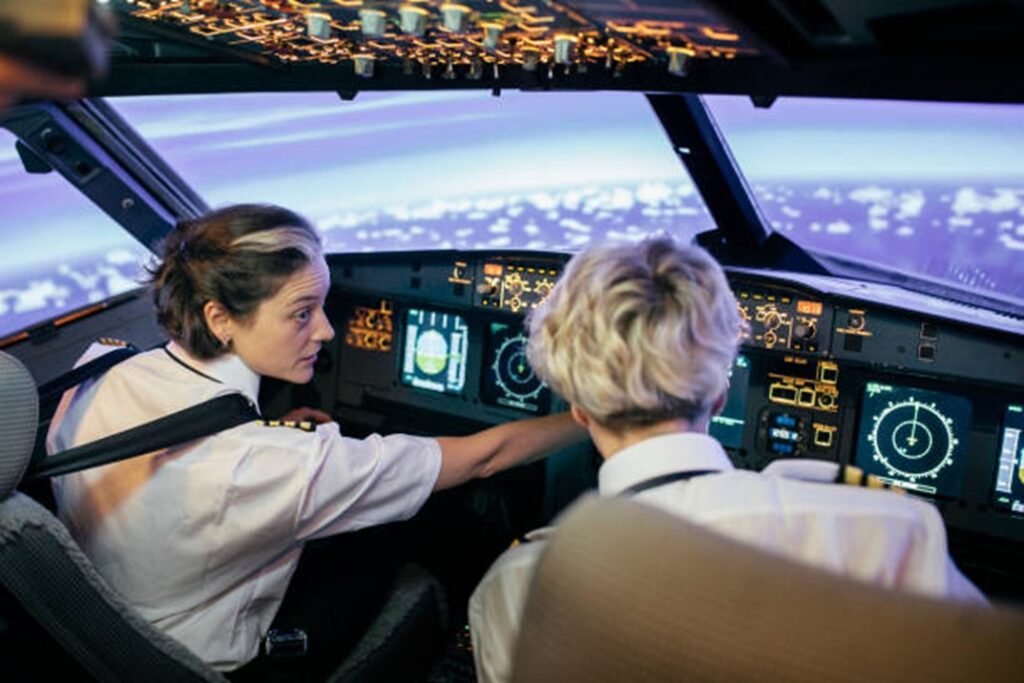From 2009 to the beginning of this year, the United States has enjoyed a period of remarkably safe aviation safety with no fatal accidents involving U.S.-based air carriers. This streak came to a tragic halt on the evening of January 29th when a PSA Airlines CRJ-700 collided with a UH-60 Black Hawk while on approach to the Reagan National Airport. Since this tragedy, the media has unleashed a flurry of aviation-mishap-related articles. Public fear of flying seems to be increasing because of this, which begs the question: is commercial aviation all that safe?
To explore this question, let’s first venture back to 2009, when the last fatal airline crash occurred. Colgan Air 3407, a Bombardier Q400, crashed while on approach to the Buffalo Niagara Falls International Airport. The NTSB’s final report leaned heavily on pilot fatigue since the first officer had commuted to work at Newark International Airport from Seattle, Washington, and was observed sleeping in a pilot lounge throughout the day. The FAA implemented several rule changes in the wake of this tragedy, the most impactful of which was the requirement for first officers at a Part 121 carrier (airline) to hold an Airline Transport Pilot Certificate (ATP), which requires 1,500 hours of aeronautical experience, instead of solely a commercial multi-engine land certificate which the first officer held.

Safety is paramount to all aviation operators, whether general aviation or a major airline. For example, as a flight instructor, it is mandatory that I train each student to be able to recognize and recover from a fully developed stall, as well as recover from unusual attitudes in simulated instrument conditions. These two scenarios are graded on private pilot check rides and reevaluated on every biannual flight review. Pilots for air carriers undergo more stringent safety standards and training, including a yearly check ride they must pass to remain employed by the airline known as “recurrent training”.
In my opinion, public fear of flying is largely affected by the mainstream media’s inaccuracies when reporting on aviation mishaps. Just two weeks ago, there was an incident involving a light twin-engine airplane not being able to extend its nose landing gear. A local news station picked up the story where they offered such gems as, “a plane had to think quickly”, “[the pilots] were not able to troubleshoot…” and “the plane was arriving at the airport after making a journey to an undisclosed location.” The word choice is designed to be dramatic and hyperbolic. The journalists who publish these articles seem to conduct little-to-no research about aviation, nor do they consult a professional in the industry.

It’s simply a plain fact (no pun intended) that commercial aviation remains the safest mode of transportation in the world. Of 100 million passengers that travel annually, there is an average of 0.01 injuries or deaths. A common argument against this statistic is that when airplanes do crash, there are often no survivors. This point is also incorrect, as only about 1% of aircraft accidents result in fatalities, meaning that there is one fatality for every 100 plane crashes.
The accident in the nation’s capital was an unspeakable tragedy that shocked all members of the aviation industry. However, if history repeats itself, the FAA will implement rule changes that will focus on traffic collision avoidance so an accident of this type is less likely to reoccur. These, combined with the in-place safety standards, will help further cement commercial aviation’s role as the safest mode of transportation in the world.

